70 Worked Examples: Introductory
Worked Example #1 – Human colonization of space
Human colonization of space remains a hugely ambitious goal. NASA’s return to the Moon has begun with its Artemis program. Make a list of some of the technical and other challenges in sending humans back to the moon, Mars, and perhaps even deep space. Remember that Mars is (on average) over 250 times further away than the Moon.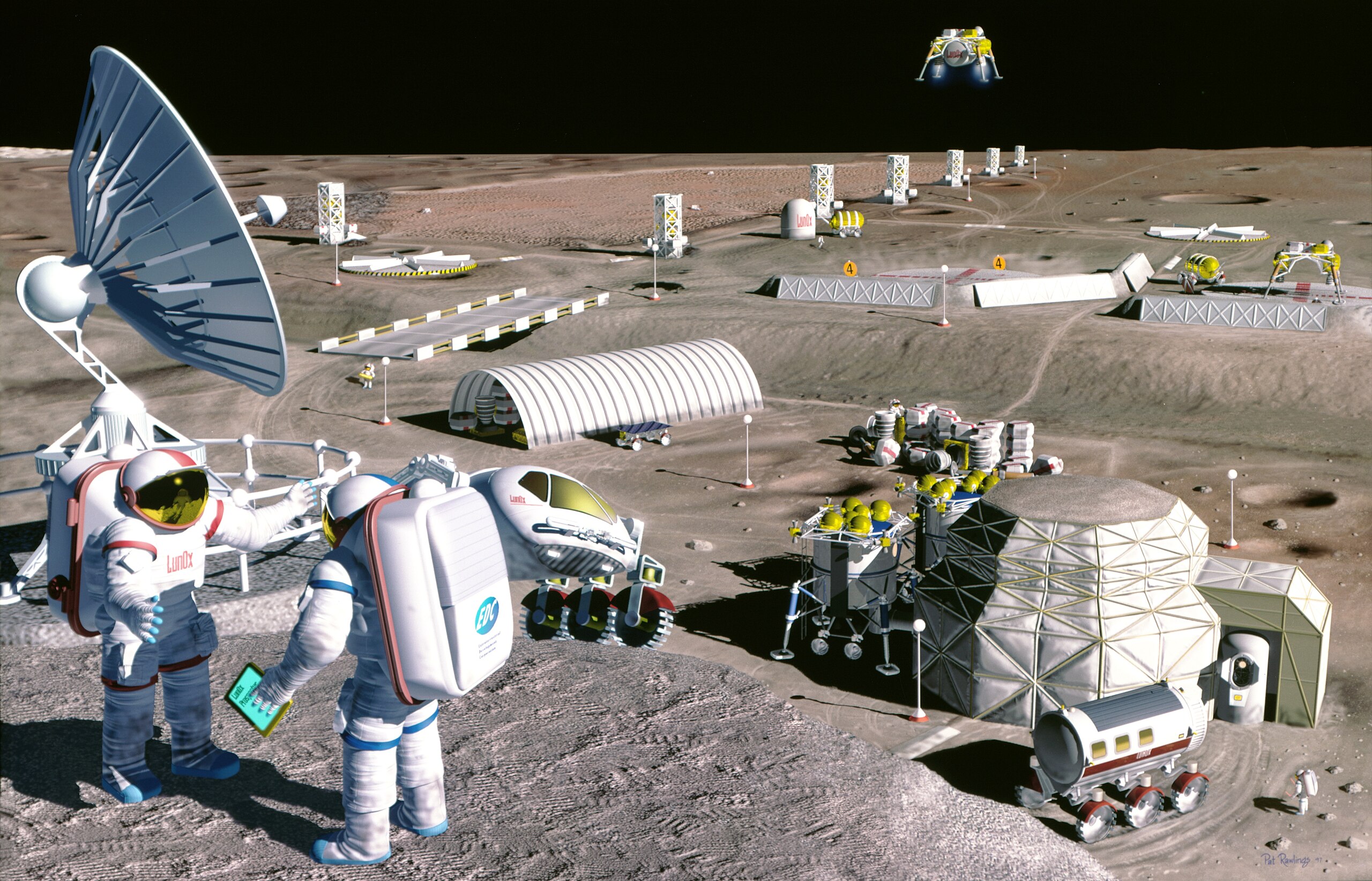
Sending humans back to the moon, Mars, and into deep space is a highly ambitious goal that requires overcoming a range of technical and other challenges, including radiation exposure, life support, and the need for food, propulsion systems, habitat, and resource utilization, human performance and health, cost and funding, technological advancements, and mission design and operations. Here is a list of some of the technical and other challenges to consider and discuss in sending humans back to the moon, to Mars, and into deep space:
- Radiation exposure: Space travel exposes astronauts to high radiation levels, which can cause various health problems, including increased cancer risk, cognitive decline, and cardiovascular disease.
- Life support systems: Providing astronauts with a sustainable, life-supporting environment is a significant challenge, especially during long-duration missions to the moon and Mars.
- Propulsion systems: A significant challenge is to develop reliable, efficient, and safe propulsion systems capable of transporting astronauts and their equipment over large distances.
- Habitat and resource utilization: It will be critical for long-duration missions to provide suitable habitats for astronauts and utilize local resources, such as water and minerals.
- Human performance and health: Ensuring the physical and psychological well-being of the astronauts during long-duration missions is a significant challenge.
- Cost and funding: Sending humans back to the moon, Mars, and deep space is a costly and resource-intensive endeavor, requiring significant funding and political support.
- Technological advancements: Significant technological advancements, including propulsion systems, life support, habitat design, and materials science, will be required to make human space exploration possible.
- Mission design and operations: Planning, designing, and executing complex missions to the moon, Mars, and beyond requires significant expertise and experience in mission operations and logistics.
Worked Example #2 – What is a patent?
Why might someone want to apply for a patent? Some people have argued that the process of patenting nearly every development in aviation technology at the beginning of the 20th century, including that of the Wright brothers, hindered the advancement of aviation and aeronautical technology worldwide. Discuss this viewpoint.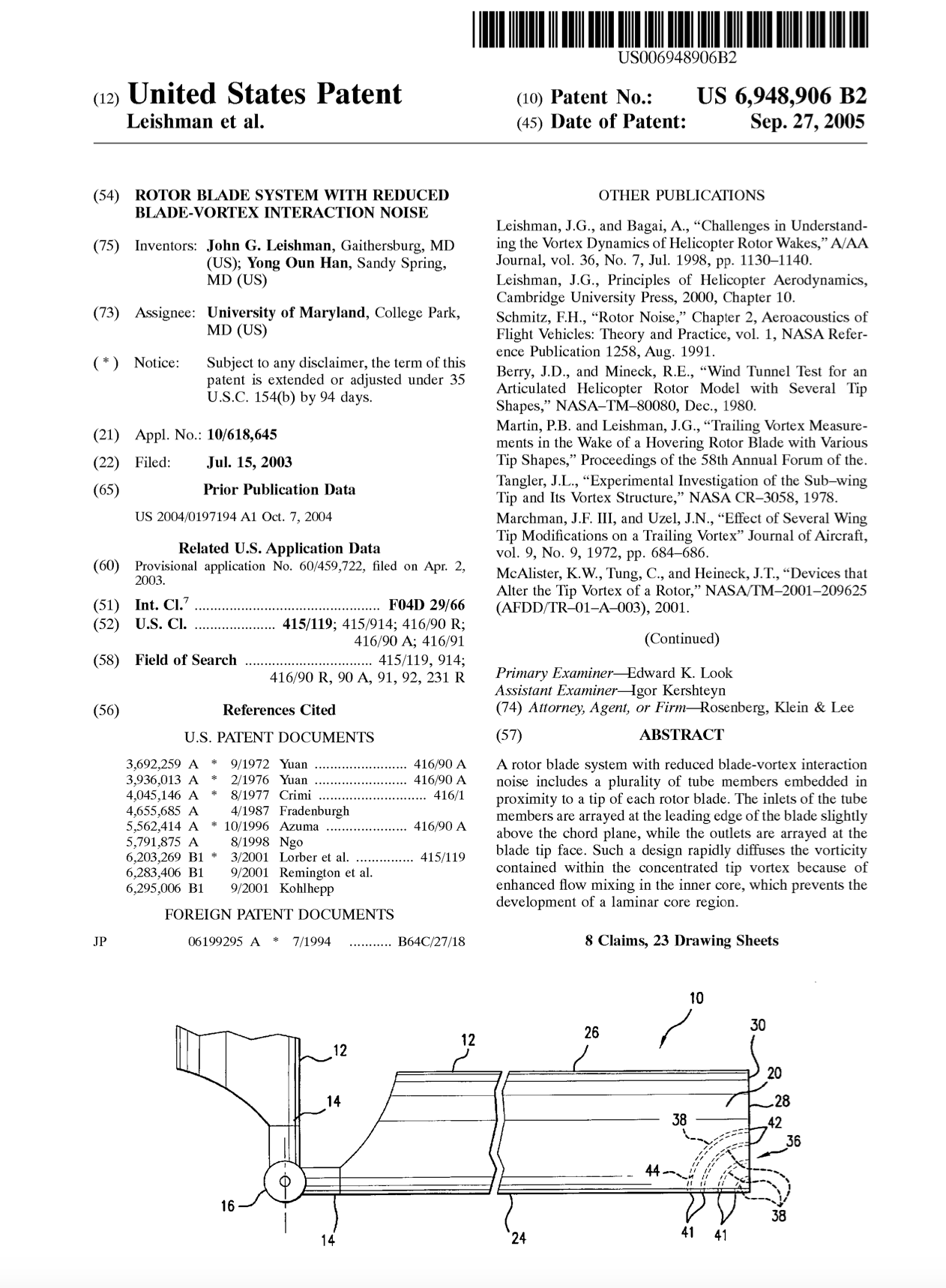
- A patent is a form of intellectual property that gives the holder exclusive rights to prevent others from making, using, selling, and importing an invention for a specified period, typically 20 years from the filing date. A patent can cover a new product, process, machine, or improvement. Someone might want to apply for a patent to protect their invention and prevent others from using or profiting from it without permission. A patent can also provide the inventor with leverage in negotiations and licensing agreements. Additionally, the holder of a valid patent can bring legal action against anyone who infringes their patent rights.
- The argument that the process of patenting nearly every development in aviation technology at the beginning of the 20th century, including by the Wright brothers, hindered the advancement of aviation and aeronautical technology worldwide is based on the idea that patents can restrict the flow of information and limit the sharing of ideas and innovations. This can slow down technological progress and hinder the development of new and better products. Some argue that this was the case in the early days of aviation, when the pursuit of patents and legal battles between patent holders slowed down the industry’s development.
- However, others argue that patents are necessary to protect an inventor’s intellectual investment and hard work, and that with the protection offered by patents, there would be a greater incentive for people to pursue innovations. Additionally, the revenue generated by licensing patents can help fund further research and development. The proper balance between protecting intellectual property rights and promoting technological progress is an ongoing discussion.
Worked Example #3 – Availability of fuel before 1920
The development of engine technology was a key enabler in the advancement of aviation. However, success depended on the availability of a suitably formulated fuel, i.e., gasoline. Could you discuss this viewpoint?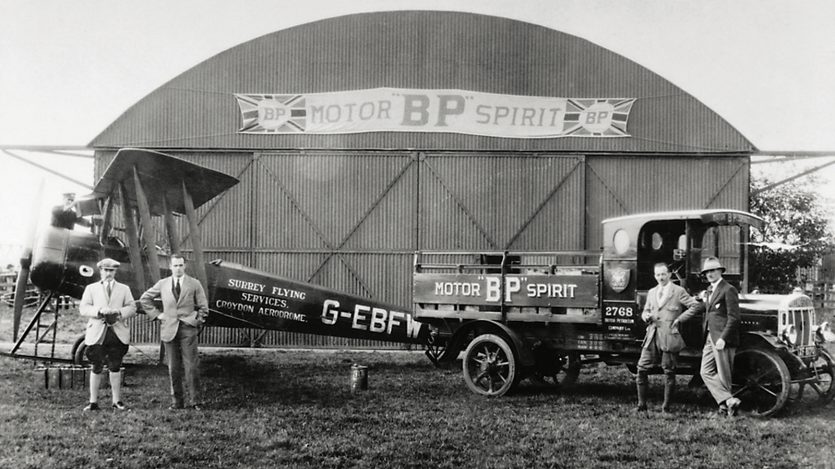
- In the early days of aviation, aircraft engines relied on low compression ratios and fuel with low octane ratings. These engines utilized a simple carburetor system that mixed fuel with air before it entered the cylinders for combustion. As aviation technology advanced and aircraft engines became more powerful, higher compression ratios were sought to enhance efficiency and power output. However, this led to a problem known as detonation, also referred to as knocking or pinging. Detonation occurs when the air-fuel mixture in the combustion chamber ignites too rapidly and unevenly, producing multiple flame fronts that collide and create high-pressure shock waves. This can cause engine damage and a loss of power. As compression ratios increased, the likelihood of detonation also increased.
- To address this issue, researchers focused on developing fuel additives and optimizing fuel chemistry to increase the octane rating. The octane number is a measure of a fuel’s resistance to detonation. The higher the octane number, the more resistant the fuel is to detonation under high compression. One of the earliest solutions to improve gasoline’s octane rating was the addition of tetraethyl lead, commonly referred to as lead-tetraethyl or TEL. Lead compounds effectively reduced detonation, allowing for higher compression ratios and increased power output. TEL became widely used as an anti-knock agent in gasoline during the early to mid-20th century.
- However, leaded gasoline raised concerns because of lead’s toxicity and its harmful effects on human health and the environment. Over time, regulations were introduced to limit or phase out the use of lead in automotive and aviation fuels. By the late 20th century, most aviation gasoline was produced with reduced lead content or as “low-lead” formulations. In recent years, efforts have been made to reduce or eliminate lead from aviation gasoline. Alternative fuels and additives, such as unleaded aviation gasoline (UL AVGAS) and alternative hydrocarbon fuels, have been explored. These fuels are designed to provide high octane ratings without the use of lead or other toxic additives.
- The development of fuel chemistry and the pursuit of higher octane ratings remain crucial in the aviation industry. Advancements in engine technology, including turbocharging and direct fuel injection, have also contributed to improved efficiency and reduced detonation issues. These advancements and ongoing research into alternative fuels aim to address the challenges associated with combustion and compression ratios in piston engines used in aircraft.
Worked Example #4 – Professional goal setting
Goal setting is essential to professional development. Write down some of your goals as a future aerospace/aeronautical/astronautical engineer and where you might want to position yourself in the workplace in the short and long term. Consider also the relative advantages to your career in obtaining an advanced degree.
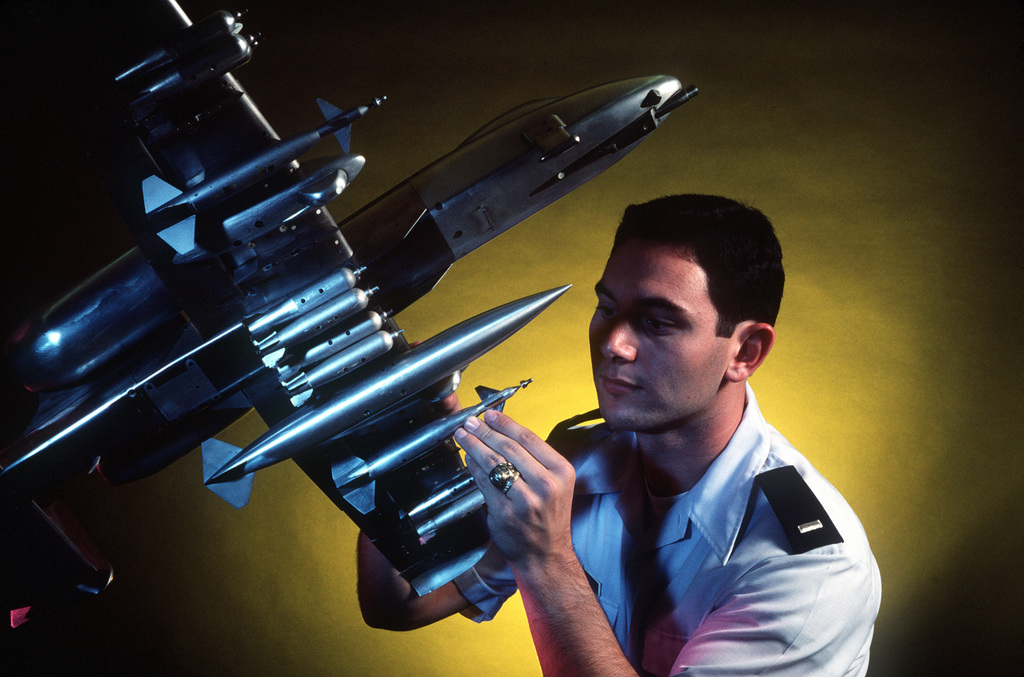
An aerospace/aeronautical/astronautical engineer’s career goals might look like:
Short-term goals:
- Gain hands-on experience in the aerospace industry by working as an engineer at a large aerospace company or a startup.
- Develop expertise in a specific area of aerospace engineering, such as propulsion systems or spacecraft design.
- Attend industry conferences and events to network with other engineers and stay up-to-date on the latest developments in the field.
- Participate in continuing education courses to expand your knowledge and stay current with the latest technologies and best practices.
Long-term goals:
- Obtain an advanced degree in aerospace engineering, such as a Master’s or Ph.D., to increase expertise and improve career opportunities.
- Work on high-profile aerospace projects, such as human spaceflight missions or the development of new aircraft technologies.
- Take a leadership role in an aerospace company, such as a project manager or department head.
- Contribute to developing new technologies and advancements by conducting research and publishing papers.
Obtaining an advanced degree in aerospace engineering can offer significant advantages to an engineer’s career. These include increased expertise, improved job opportunities, and the ability to take on more challenging and high-profile projects. Additionally, advanced degrees can open up opportunities for leadership and research positions, allowing engineers to contribute to the advancement of the field and shape its future.
Worked Example #5 – X-planes
After World War II, NASA, the US Navy, USAF, and DARPA contributed to the development of nearly 60 “X-planes.” Discuss one X-plane of your choice that you think is a milestone in aviation history, and list the contributions it made to aeronautics and/or astronautics.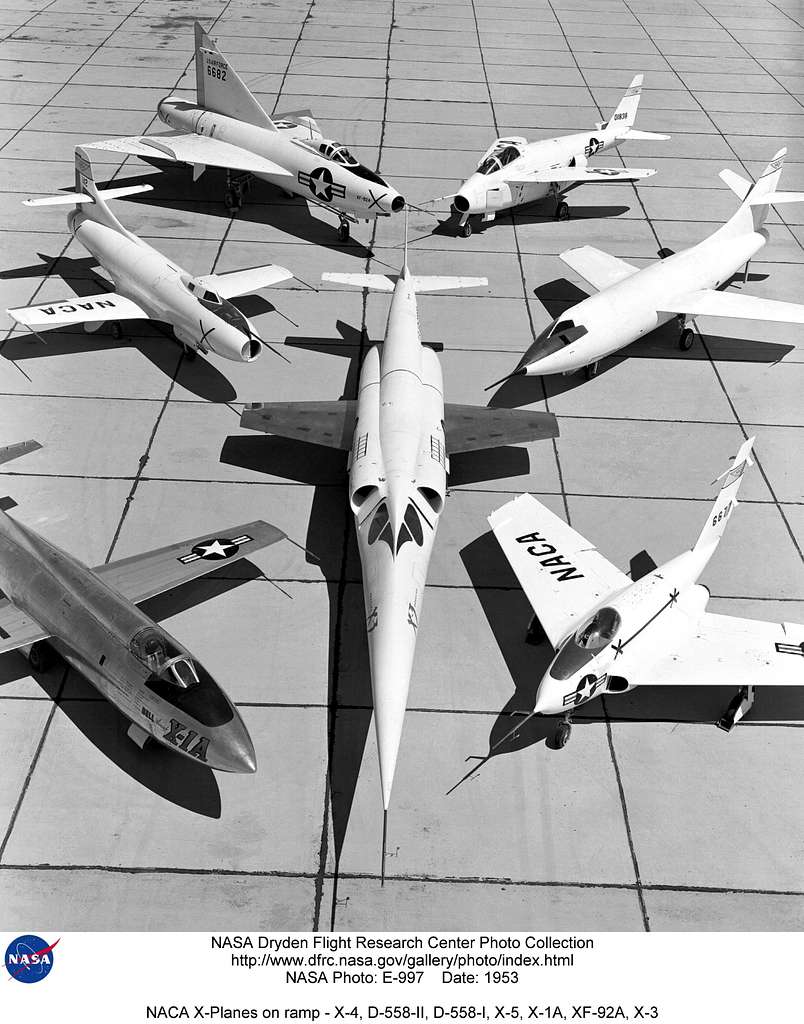
One X-plane considered a milestone in aviation history is the North American X-15. The X-15 was a hypersonic rocket-powered aircraft developed in the 1950s by North American Aviation, the National Aeronautics and Space Administration (NASA), and the United States Air Force (USAF). Contributions to aeronautics and astronautics made by the X-15 include:
- Development of hypersonic technology: The X-15 was the first aircraft capable of reaching Mach 6, marking a significant milestone in the advancement of hypersonic flight technology.
- Advancements in materials science: The X-15 was one of the first aircraft to utilize titanium alloys, which paved the way for the development of future airplanes, such as the SR-71 Blackbird.
- Pioneering of space flight: The X-15 was the first aircraft to reach the edge of space, paving the way for the development of space flight and the space program.
- Advancement of flight control systems: The X-15 was one of the first aircraft to use a fly-by-wire flight control system, a significant step forward.
Worked Example #6 – Ethics
Engineers often make decisions that involve trade-offs between capabilities and cost, although safety is always the paramount consideration. However, bad things will always happen when decisions are made in an organizational culture that emphasizes profits over safety. Discuss this scenario.
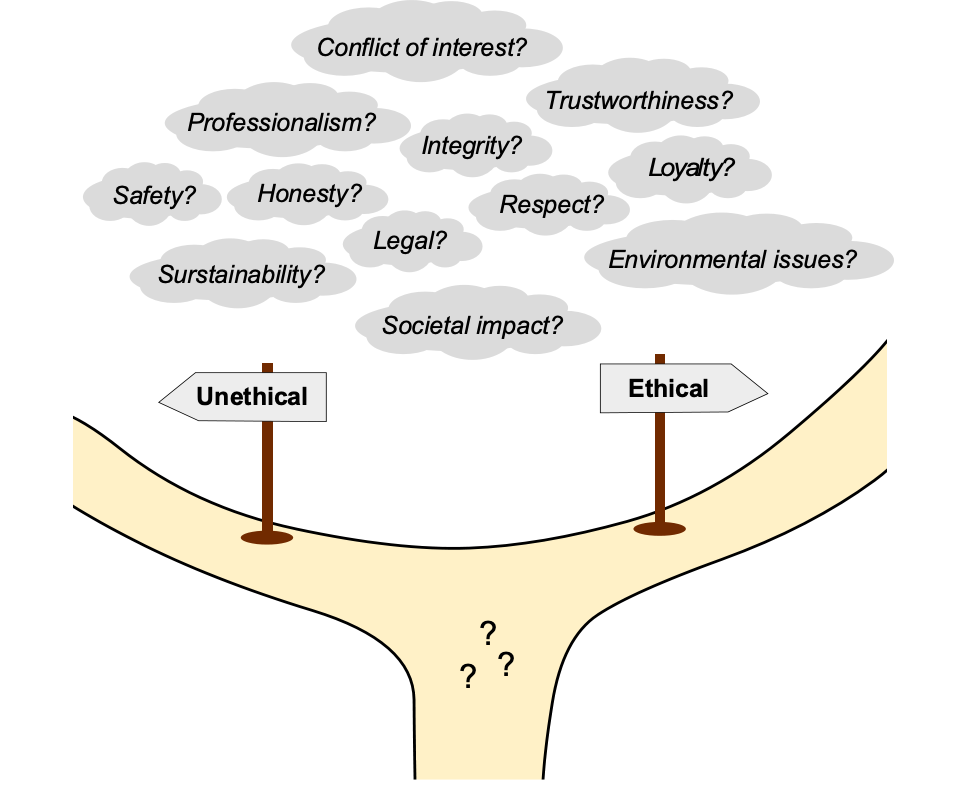
- When decisions in an organizational culture prioritize profits over safety, engineers may face pressure to compromise on safety standards to reduce costs or meet deadlines. This situation can lead to inadequate testing, insufficient resources devoted to safety and quality assurance, or the use of subpar materials. In such a scenario, corners may be cut, and critical safety features may be overlooked, leading to increased risks to passengers, crew, and others.
- Moreover, in such a culture, engineers may feel uncomfortable raising safety concerns or may have those concerns ignored, leading to a disregard for potential dangers. Additionally, safety incidents may be covered up or minimized, leading to a false sense of security and an increased risk of future accidents.
- Ultimately, when safety is not prioritized, it can have disastrous consequences. Airline accidents, for example, can result in loss of life, property damage, and significant financial losses. Furthermore, incidents involving commercial aircraft can also have a long-lasting impact on public trust in aviation, which can be challenging to restore.
- Therefore, aerospace organizations must cultivate a culture of safety in which safety is given the highest priority and engineers are encouraged to discuss and address safety concerns openly. This more effective approach involves providing adequate resources, investing in safety research, and promoting transparency and accountability in decision-making processes.
- The article “The Boeing 737 MAX: Lessons for Engineering Ethics” is an interesting read.
Worked Example #7 – Aerospace breakthroughs
Do some online research and give examples of recent breakthroughs or innovations in aerospace engineering that have significantly impacted the industry and the development of modern flight vehicles.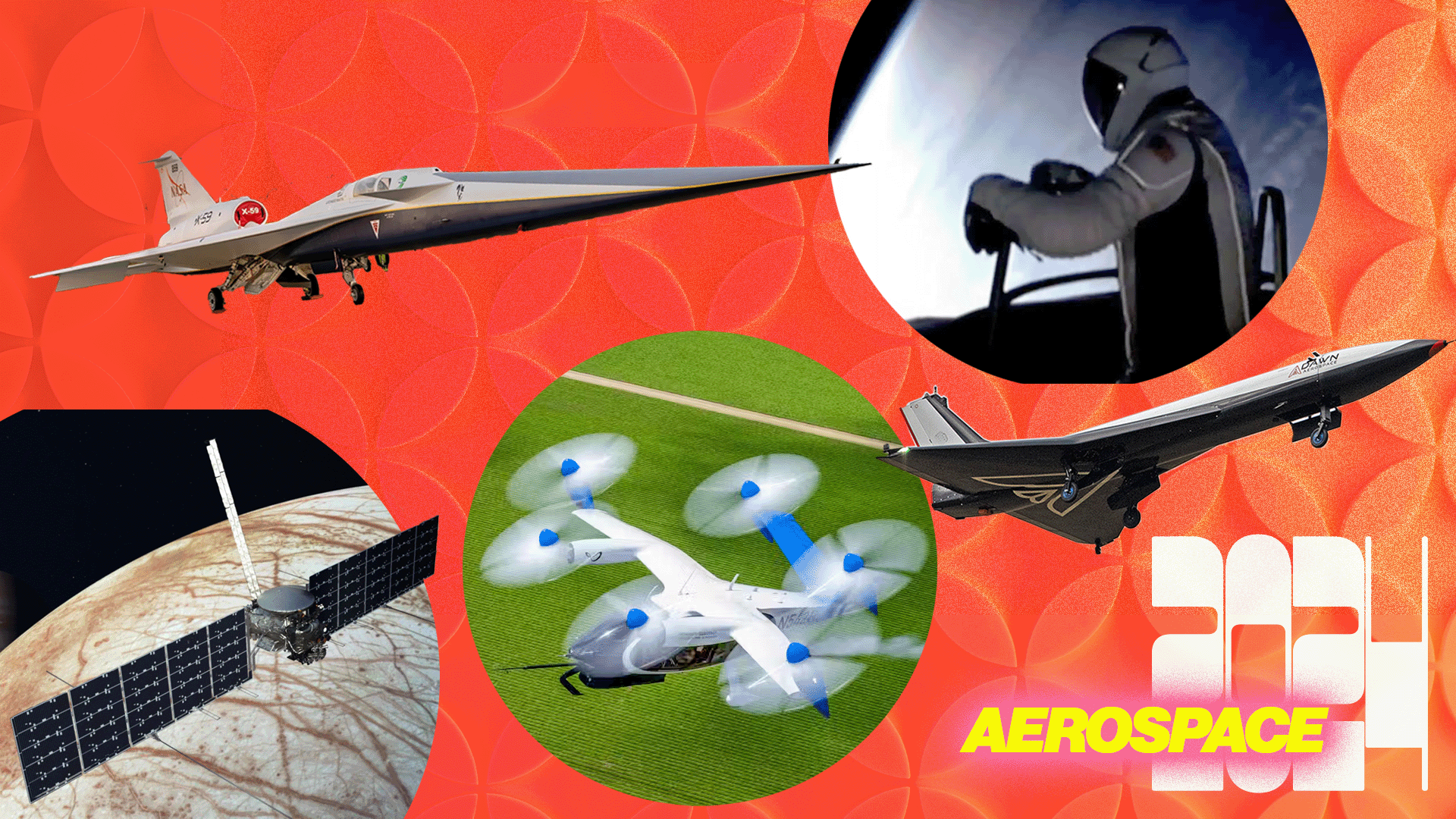
- Improved aerodynamics: Advancements in computational fluid dynamics and aerodynamics continue to yield more efficient wing and aircraft designs. Transonic wing shapes, for example, continue to be refined and optimized to increase the cruise Mach numbers of commercial jet airliners. Winglets, which have undergone many incarnations, reduce drag and improve fuel efficiency; however, it is still being determined how much more aerodynamically refined winglets can be. Laminar flow and morphing wings continue to be more ambitious goals for production airplanes, but are worthy of foundational research.
- Advanced composite materials, such as those reinforced with glass and carbon fiber, have enabled the development of lighter and more fuel-efficient aircraft. For example, Boeing’s 787 Dreamliner and the Airbus A350 have airframes made primarily of composite materials. Such materials have a higher strength-to-weight ratio, which reduces empty airframe weight, increases overall aerodynamic and fuel efficiency, enhances useful load (including fuel, cargo, and passengers), and lowers operating costs.
- 3D printing: Additive manufacturing, also known as “3D printing,” continues to create complex aerospace components that would otherwise be difficult or impossible to manufacture using traditional tooling and methods. Although 3D printing technology has seen limited use in production (e.g., FAA/PMA-certified parts), further developments in techniques and materials will reduce production time while allowing innovative designs to improve efficiency and reduce costs.
- Reusable launch systems: The development of reusable space vehicle technology, such as SpaceX’s Falcon 9 and Falcon Heavy, has significantly reduced the cost of launching payloads into space. Reusing the first stage of a rocket, for example, involves reusing both the stage itself and the rocket engines, which can reduce the launch cost by at least 10%.
- Autonomous systems: Integrating autonomous systems and artificial intelligence in aerospace has improved safety and efficiency in commercial and military applications. Uncrewed aerial vehicles (UAVs) are just one example.
- Electric propulsion: Electric and hybrid-electric propulsion systems are gaining increasing attention from the aerospace industry. NASA and Boeing have been collaborating on electric aircraft, while numerous startup companies have developed electric vertical takeoff and landing (eVTOL) aircraft for applications such as urban aerial mobility (UAM). However, the relatively low energy density that can be stored in batteries continues to hinder the use of electric propulsion systems for aircraft other than small drones.
- “Green” aviation: The aerospace industry continues to invest in research to reduce its environmental footprint, especially in Europe. This work involves developing fuel-efficient engines, exploring alternative fuels, and enhancing air traffic management to provide more direct routings and reduce landing delays, thereby significantly reducing emissions.
- Space exploration: Recent developments in spacecraft and space exploration technology, such as the Mars rovers and the James Webb Space Telescope, have significantly expanded our understanding of the universe. While space telescopes tell us much about the universe, they also reaffirm Earth’s small place in the vast cosmic arena and the enormous distances between planets, solar systems, and galaxies.
Worked Example #8 – Applications of UAVs
List some key considerations in designing, building, and fielding uncrewed aerial vehicles (UAVs) for various civil and military applications, including surveillance, delivery, and scientific research.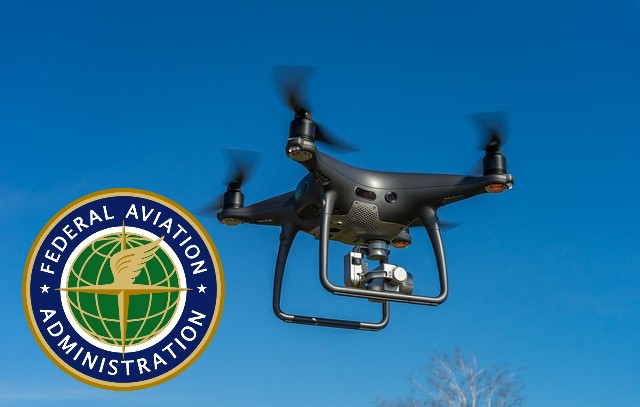
Considerations may include:
- Mission objectives: Clearly define the mission objectives, whether surveillance, scientific research, or another purpose, and ensure that the UAV design aligns with these goals.
- Payload requirements: Determine the capacity and type of UAV (or drone) needed for the specific mission, including the necessary equipment such as cameras, sensors, cargo, or scientific instruments.
- Endurance and/or range: Assess the required flight endurance and operational range to meet mission objectives. Longer endurance will require more fuel or battery capacity, so prepare to reduce the payload capacity.
- Size and weight: Consider size and weight constraints, especially for applications such as delivery drones, where compactness and weight limitations are crucial.
- Propulsion system: Based on the UAV’s mission profile and estimated energy requirements, choose an appropriate propulsion system, such as electric motors, internal combustion engines, or hybrid systems.
- Autonomous operation: Implement robust autonomous navigation and control systems to ensure safe and reliable UAV operation, even in complex environments.
- Redundancy and safety features: Include redundancy in critical systems and safety features such as fail-safes, emergency landing capabilities, and collision avoidance systems.
- Regulatory compliance: Ensure compliance with relevant civil aviation or military regulations, including airspace restrictions, licensing, and registration requirements.
- Security: Implement security measures to protect the UAV from unauthorized access, hacking, and data breaches, especially in military applications.
- Environmental considerations: Assess the environmental impact of UAV operations, including noise pollution and emissions, and implement measures to mitigate these effects.
- Payload integration: Ensure the payload is securely integrated and operates effectively without interfering with the UAV’s flight characteristics.
- Maintenance & reliability: Plan routine maintenance and ensure the UAV is designed for reliability and ease of repair to minimize downtime.
- Integration with existing systems: Ensure the UAV can integrate with existing infrastructure and systems, such as ground control stations or logistics networks for delivery drones.
- Regulatory considerations: Be aware of the regulatory use of UAVs in different civil applications.
- Risk assessment & mitigation: Conduct thorough risk assessments and develop mitigation strategies to address potential hazards and operational risks associated with UAV missions.
Worked Example #9 – Environmental considerations
What are the critical environmental considerations in the field of aerospace engineering? How can the industry mitigate its long-term environmental impact?
The aerospace industry has made some progress in addressing these environmental concerns. However, further effort is necessary to mitigate its long-term environmental impact while meeting the growing demand for aviation and space flight.
- Sustainability: Sustainable aerospace engineering practices are critical to ensuring a more “eco-friendly” future for the industry.
- Emissions: Aircraft engines emit greenhouse gases (GHGs), including carbon dioxide (CO2) and nitrogen oxides (NOx), which contribute to climate change and air pollution.
- Noise pollution: Aircraft noise can disrupt communities near airports, affecting residents’ health and well-being. People are generally very intolerant of aircraft noise.
- Resources: Aerospace manufacturing and operations require significant energy, materials, and water resources. Renewable energy resources such as solar and wind are becoming increasingly essential.
- Waste: The aerospace industry generates a significant amount of waste, including manufacturing waste and end-of-life aircraft components. While metals can be recycled, some materials, particularly composite materials and their associated resins and other chemicals, can be challenging to dispose of sustainably.
To reduce the long-term environmental impact of aerospace manufacturing, the industry may be able to take several actions, including:
- Research and development: Invest in the research and development of more fuel-efficient aircraft designs, propulsion technologies (e.g., electric or hybrid propulsion), and lightweight materials to reduce emissions and resource consumption.
- Alternative fuels: To lower greenhouse gas (GHG) emissions, develop sustainable aviation fuels (SAFs) from renewable sources, such as biomass or synthetic processes.
- Advanced aerodynamics: Optimize aircraft aerodynamics to reduce drag and improve fuel efficiency. Technologies such as winglets and laminar flow control can help achieve this goal.
- Noise reduction: Innovate to reduce aircraft noise through quieter engine designs, better aerodynamics, and flight procedures. Implement noise abatement measures near airports.
- Improved air traffic management: Develop and deploy advanced air traffic management systems to optimize flight paths and reduce fuel consumption.
- Eco-friendly manufacturing: Adopt sustainable manufacturing practices, including recycling and reusing materials, and minimize waste generation during production.
- End-of-life recycling: Implement recycling and disposal strategies for aircraft components at the end of their operational lives.
- Regulatory compliance: Ensure compliance with environmental regulations and work with regulatory authorities to establish and enforce emissions and noise standards.
- Investments in green technologies: Make investments in “green” aviation technologies and sustainable practices. Foster collaboration among research institutions and government agencies to accelerate the development and adoption of eco-friendly technologies.
- Environmental certification: Strive for environmental certifications of aerospace facilities to ensure a commitment to sustainability.
Worked Example #10 – Aviation Competitions
How have competitions and monetary awards historically influenced the pace and direction of innovation in aviation, and what lessons can modern aerospace industries learn from these examples to foster future advancements?
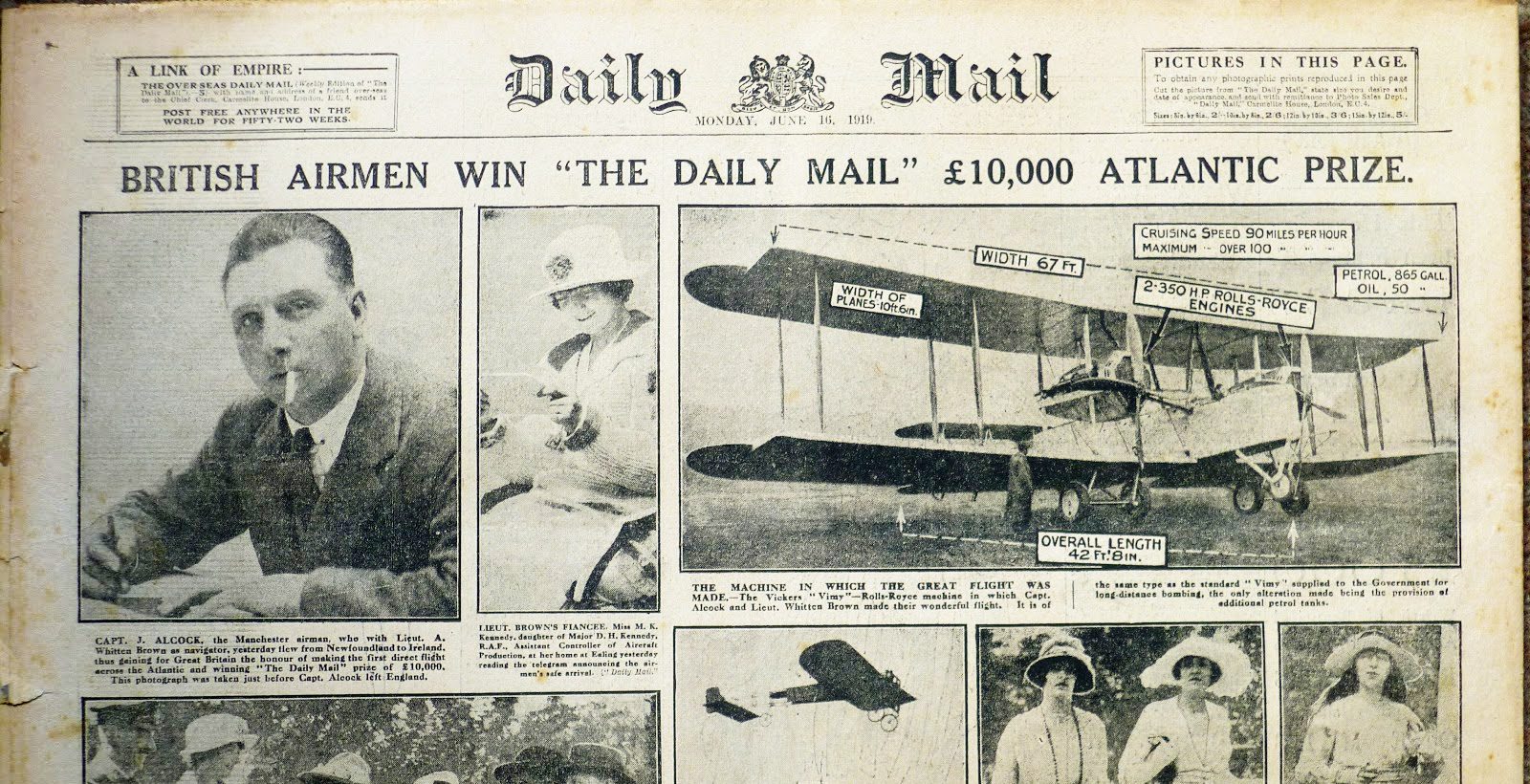
Competitions and monetary prizes have historically driven innovation in aviation by inspiring outstanding achievements and technological advancements. Between 1906 and 1930, the Daily Mail newspaper awarded numerous prizes for achievements. The Orteig Prize spurred Charles Lindbergh, who won it in 1927 with his airplane, the Spirit of St. Louis, for a solo, nonstop transatlantic flight. Meanwhile, the Schneider Trophy accelerated advancements in aerodynamics and speed. To accelerate advances in human-powered flight (Reay 1977), British industrialist Henry Kremer announced in 1959 the establishment of the Kremer Prize, valued at GBP 5,000 (increased to GBP 50,000 in 1973). More recently, the Ansari X Prize fostered private spaceflight development with SpaceShipOne, laying the foundation for the commercial space industry.
These challenges underscore the importance of setting ambitious goals that push boundaries and encourage broad participation from players beyond the major aerospace companies. Other ongoing competitions, such as those set by DARPA, sustain progress by allowing teams to refine their solutions. At the same time, non-monetary incentives, including recognition and market access, can amplify their impact. By leveraging these strategies, the entire aerospace industry can drive innovation to develop advanced technologies in aviation and space.
Worked Example #11 – Supersonic and hypersonic flight
Explore and discuss the engineering challenges and advancements in designing aircraft capable of supersonic and hypersonic speeds. Discuss potential applications, such as high-speed travel and military surveillance. How are issues such as “sonic booms” from supersonic flight vehicles being addressed?
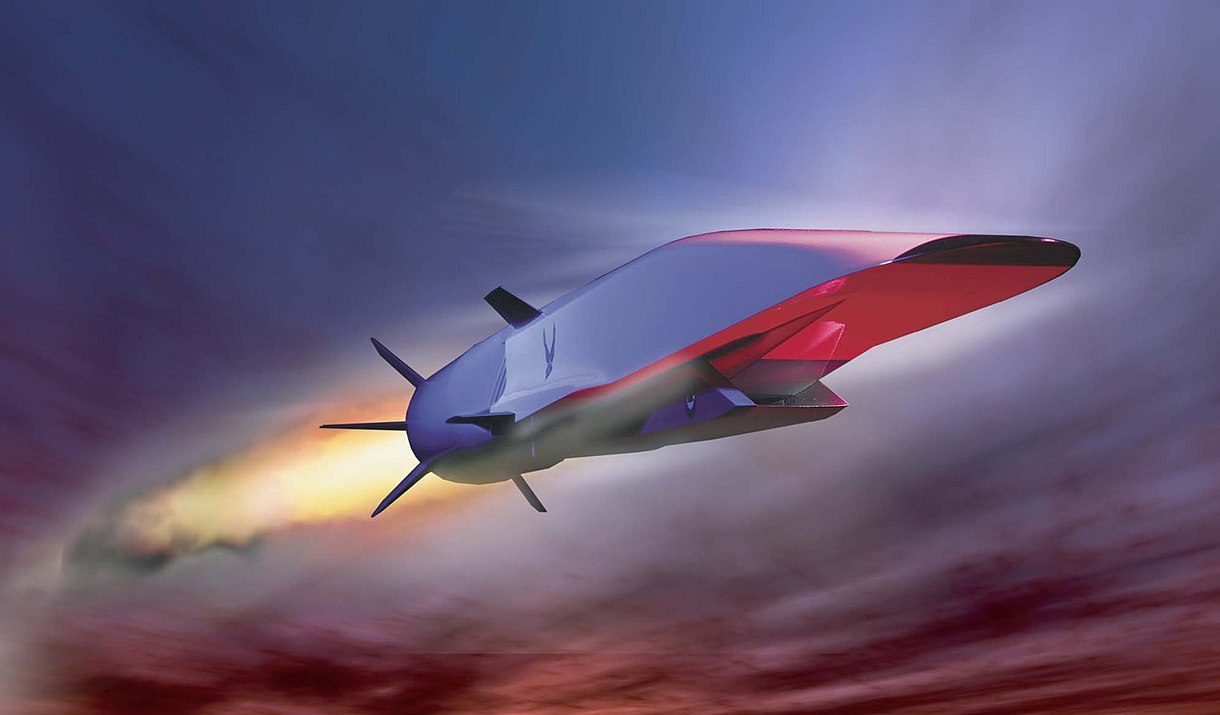
Designing aircraft for supersonic (Mach 1+) and hypersonic (Mach 5+) speeds presents engineering challenges that continue to drive advancements in aerodynamics, materials, propulsion, and noise reduction. Aerodynamic heating from air friction at high speeds can weaken materials, necessitating the use of heat-resistant alloys, carbon composites, and ceramic coatings. Airframe-propulsion integration at hypersonic speeds requires carefully optimized designs, such as wave riders, developed using advanced computational fluid dynamics (CFD) to minimize drag. Hypersonic vehicles rely on scramjets (supersonic combustion ramjets), which can compress air for combustion at high speeds without the need for moving parts. Still, these must operate efficiently across a wide range of airspeeds and altitudes.
Addressing the intensity of sonic booms remains crucial for civil applications, with “low-boom” designs reshaping fuselages to spread shockwave energy and reduce perceived noise. NASA’s X-59 QueSST aims to demonstrate quieter supersonic flight, potentially enabling supersonic flight on overland routes. Companies like Boom Supersonic envision shorter intercontinental flight times, though technical and economic feasibility remain uncertain. In military applications, hypersonic vehicles promise faster response times and enhanced capabilities. Despite the many significant challenges, new advancements in these technologies could shape the future of aviation.
Worked Example #12 – Electric propulsion
Do some research and discuss the development of electric propulsion systems for aircraft. Explore the potential for electric aircraft to reduce environmental impact and increase efficiency. Why might the realization of electrically powered airliners traveling over large distances be decades away, if at all?
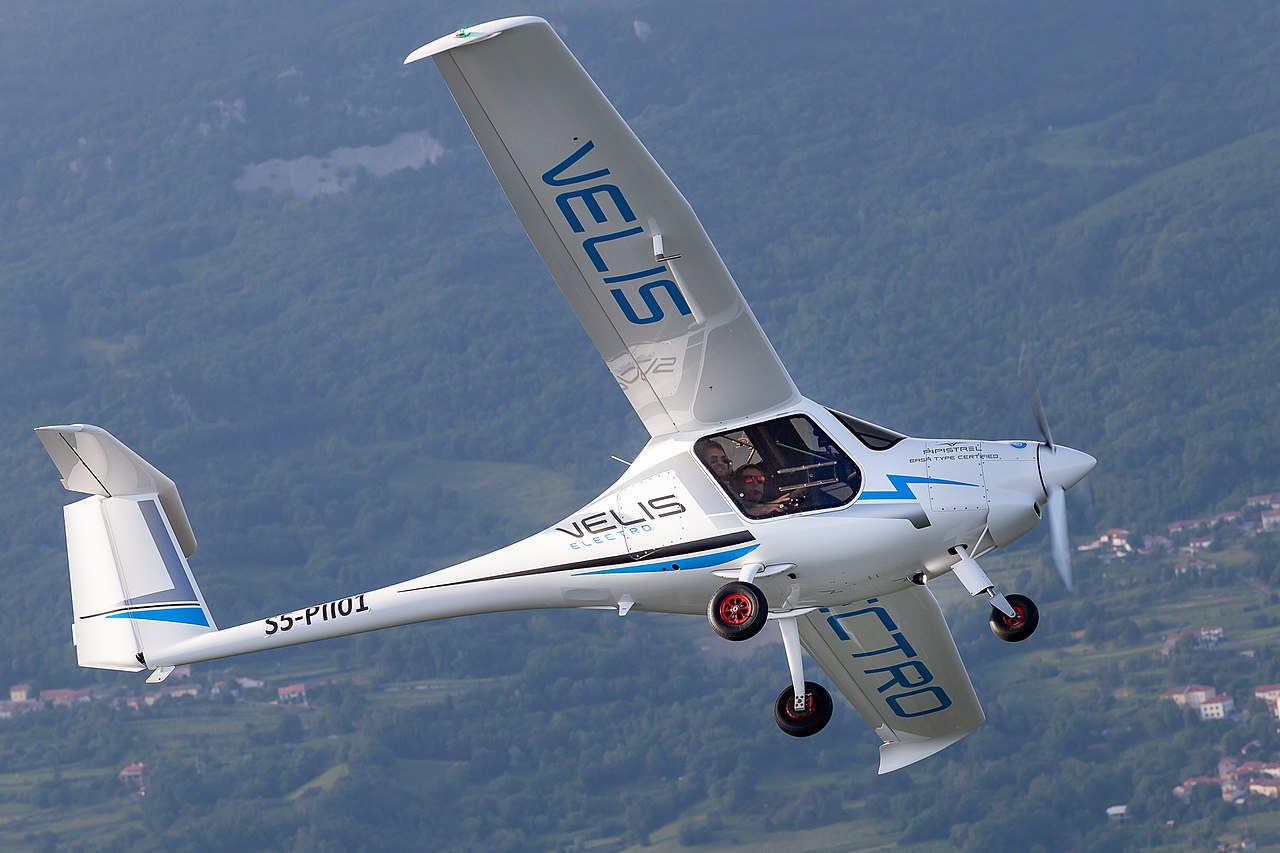
The development of electric propulsion systems in aviation aims to reduce environmental impact and improve efficiency. Electric aircraft produce zero in-flight emissions, and when powered by renewable energy, they can significantly reduce the carbon footprint of air travel. Electric motors are also more efficient than combustion engines, offering potential reductions in fuel use and operating costs.
However, long-distance electric airliners face significant challenges, primarily because of the low energy density of current batteries. Aviation fuel, such as 100LL or Jet A/A-1, provides an energy density of approximately 12,500 Wh/kg. In comparison, lithium-ion batteries have a capacity of only about 160 Wh/kg, which requires batteries that are too large and heavy for long-haul flights. Furthermore, unlike conventional aircraft, which become lighter as fuel burns off, electric aircraft maintain a constant in-flight weight, adding further design challenges. Advances in hybrid-electric systems and hydrogen fuel cells show promise, but these technologies remain in the experimental stage. The widespread adoption of fully electric airliners for long-distance travel will depend on breakthroughs in energy storage, weight reduction, and propulsion efficiency.
Worked Example #13 – Impact of the COVID-19 pandemic on aviation
Discuss the impact of the COVID-19 pandemic on the aerospace and aviation industry. For example, the pandemic led to a significant decrease in air travel demand, resulting in grounded fleets of airliners. Lockdowns also disrupted global supply chains, affecting the production of aircraft and aerospace components.
The COVID-19 pandemic had a profound impact on the aerospace and aviation industry, causing significant disruptions and lasting changes. Air travel demand dropped sharply, with passenger traffic falling by up to 90% in early 2020 because of government-imposed lockdowns, travel restrictions, and overall health concerns. Airlines reduced operations and grounded a significant portion of their fleets, resulting in widespread layoffs, bankruptcies, and government bailouts. Airplane manufacturers, such as Boeing and Airbus, struggled as airlines canceled or deferred orders. At the same time, supply chain disruptions delayed the production and delivery of components, heavily affecting smaller and medium-sized suppliers. The pandemic also accelerated the retirement of older, less fuel-efficient airplanes, such as the Boeing 747 and Airbus A380, as airlines sought to cut costs and modernize their fleets.
However, air cargo demand surged, driven by the need to transport medical supplies and e-commerce goods, at least partially offsetting the losses in passenger aviation. Health and safety measures, including improved cabin air filtration and enhanced cleaning protocols, became a priority. Although the industry is still recovering, challenges persist, including supply shortages and the re-establishment of the workforce.
Worked Example #14 – Mission to Mars?
Research and discuss the engineering challenges and innovations in planning missions to explore Mars. For example, a Mars mission may require more than traditional propulsion systems. You may also explore the need for power generation, human life support systems, and resource management in the harsh Mars environment.
![]()
Planning missions to Mars requires addressing complex multidisciplinary and interdisciplinary engineering challenges. Traditional chemical propulsion may be inadequate because of the vast distances involved and high propellant requirements. Advanced propulsion systems, such as nuclear thermal propulsion, are being developed to reduce propellant mass and increase propulsive efficiency. Mars’s thin atmosphere complicates safe entry and landing, requiring innovations such as inflatable heat shields to increase drag and thermally protect the spacecraft.
Reliable power sources will be critical for sustaining operations on Mars, as mining local resources is unlikely during initial missions. NASA is considering small modular nuclear reactors as a potential source of continuous power for life support systems, scientific instruments, and habitat maintenance. Ensuring astronaut safety also demands advanced life support systems capable of supplying breathable air, water, and food. These innovations are critical for the success of future Mars missions.
Worked Example #15 – Environmental considerations and sustainable aviation
Discuss aviation’s environmental impact and efforts to create more sustainable air travel. What technological innovations, such as electric or hydrogen-powered aircraft, are being explored to reduce aviation’s carbon footprint?
Aviation accounts for approximately 2.5% of global CO2 emissions, with additional impacts from contrails (which reflect heat to the surface) and nitrogen oxides (which damage the protective ozone layer), thereby exacerbating climate change. As air travel grows, the industry is under pressure from governments to adopt sustainable practices. Efforts to reduce aviation’s carbon footprint focus on alternative propulsion systems and the development of sustainable fuels. Electric aircraft powered by batteries or hybrid systems are being developed for short-haul flights. Still, they are limited for long-distance travel because of the low energy density of current batteries.
Hydrogen-powered aircraft offer promise, which produces water vapor as the primary byproduct. Airbus is developing hydrogen-based models that target deployment by the 2030s. Sustainable aviation fuels (SAFs), derived from biofuels or synthetic processes, can cut lifecycle emissions by up to 80% and are compatible with existing aircraft and infrastructure, providing an immediate decarbonization option. Airlines and manufacturers are also improving flight paths, engine efficiency, and aircraft design to lower fuel consumption. Despite these advancements, challenges such as high costs, scalability, and infrastructure requirements persist. Collaboration across industries and continued technological innovation are critical for achieving a more sustainable aviation future.
Worked Example #16 – Concorde and the future of supersonic transport
Discuss the impact of the Concorde and the development of supersonic commercial aviation. What technological challenges were faced during its design, and why did supersonic passenger travel ultimately fail to sustain long-term success? What do you think the chances are that Boom Supersonic will be able to introduce a new generation of SST airplanes successfully?

The Concorde, first flown in 1969 and introduced into airline service in 1976, revolutionized aviation by enabling supersonic passenger travel at Mach 2, essentially halving travel times. Despite its technological achievements, the aircraft faced significant economic challenges, including a limited passenger capacity of approximately 120 seats. They could only be used on limited routes (mainly the North Atlantic) cause of the intense sonic booms they generated. Aerodynamic heating at Mach 2 required heat-resistant materials, such as special high-aluminum alloys developed by Rolls-Royce, while its loud engines and sonic booms led to overland flight restrictions. Fuel inefficiency was a critical drawback, with the Rolls-Royce/Snecma Olympus 593 engines resulting in operating costs and expensive maintenance. Rising fuel prices in the 1970s, because of the “oil crisis,” compounded its financial struggles. Competition from larger, more economical subsonic jets, such as the Boeing 747, further diminished its market appeal.
Boom Supersonic’s Overture aims to revive supersonic travel with more sustainable and efficient designs, utilizing advanced materials, improved aerodynamics, and quieter, fuel-efficient engines. However, challenges such as regulatory approval, high development costs, and environmental scrutiny remain. The success of the next generation of supersonic airliners will hinge on striking a balance among technical, economic, and ecological considerations.
Worked Example #17 – Use of composite materials in aerospace applications
Discuss the development of composite materials in aircraft manufacturing. What advantages do these materials offer over traditional ones, and how have they influenced the design and performance of modern aircraft such as the Boeing 787 Dreamliner? What are some of the disadvantages of composites?

Composite materials, such as carbon fiber-reinforced polymers (CFRPs), have revolutionized aircraft manufacturing by offering significant advantages over traditional materials used in airplane construction, including aluminum. With superior strength-to-weight ratios, composites enable lighter aircraft that consume less fuel and perform better. For example, the Boeing 787 Dreamliner utilizes 50% composites in its structure, resulting in a 20% improvement in fuel efficiency compared to similar conventional aircraft. Composites resist corrosion and fatigue, reducing maintenance needs and extending service life. Their versatility supports complex, aerodynamically optimized designs, such as seamless fuselages and smoother wings, enhancing both performance and fuel efficiency. Models like the Boeing 787 and Airbus A350 have benefited from lighter airframes, increased range, and lower operating costs. Meanwhile, passenger-focused features such as larger windows and improved cabin pressurization enhance comfort on long-haul flights.
Despite these benefits, composites have drawbacks. Tooling and manufacturing costs are high due to the complexity of the processes and the expense of raw materials. Repairs can be challenging because damage may not be visible, requiring specialized inspection and repair methods. Recycling composites is also tricky, raising environmental concerns as their use increases. However, ongoing research is aimed at addressing these issues. In general, the unique advantages of composites, including weight reduction, durability, and design flexibility, ensure their continued importance in advancing aircraft performance, reducing costs, and minimizing environmental impact.
Worked Example #18 – A new space race?
Discuss the rise of private space exploration companies such as SpaceX and Blue Origin. How have their innovations challenged traditional approaches to space exploration, and what implications do they hold for the future of human spaceflight? Will the new “space race” be in the commercial space sector?
Establishing private space companies, such as SpaceX and Blue Origin, has transformed the space industry, challenging traditional government-led space efforts and ushering in a new era of human spaceflight. Innovations like reusable rockets, cost-effective operations, and rapid prototyping have significantly reduced access-to-space costs. SpaceX’s Falcon 9 has proven the economic and operational benefits of reusability, cutting launch expenses by 20–30% and increasing mission frequency. Blue Origin’s reusable systems, like the New Shepard, prioritize commercial and tourism applications. Partnerships with private companies have allowed NASA to focus on ambitious goals, such as returning to the Moon and exploring Mars, while delegating low-Earth orbit activities to firms like SpaceX through programs like the Commercial Crew Program.
Private space exploration also democratizes access, enabling space tourism, commercial ventures, and research opportunities. SpaceX aims to establish permanent human settlements on Mars, while others envision industries like in-space manufacturing and mining. The “space race” has shifted to the commercial sector, driven by competition among private firms and supported by public-private partnerships. As private companies advance technologies and expand human activity beyond Earth, the commercial space sector may be uniquely poised to define the future of space exploration.

